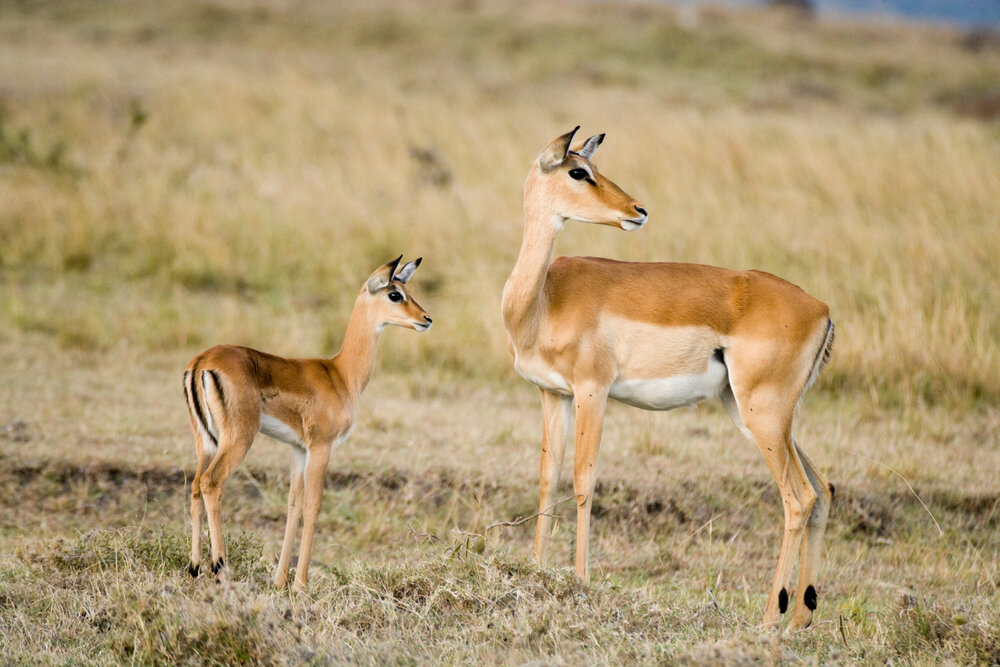What are the benefits of regenerative travel & tourism?
Regenerative travel is a term you may have heard or read somewhere. It has been growing in usage when people talk about travelling in a way that helps the planet. But what does it mean and what can you do?
I like to think of regenerative travel as the next step in our sustainable travel journey. Sustainability is about making sure that the resources we enjoy today will still be available for the generations that follow; regeneration is about making sure that what we do now feeds back into the system from which we benefit. It’s about being proactive and intentional.
The Cambridge dictionary defines regeneration as “the act of something growing or being grown again.” So, regenerative travel is travel that enables the area or environment to grow or grow again. Instead of only leaving a lighter footprint, we’re using that footprint to fertilise that area so it can regenerate and grow even stronger in the future.
Let’s look at this in action.
Lake Wanaka, New Zealand
New Zealand is one of the great examples of how regenerative travel can work. Tourism New Zealand, the country’s official tourism body, invites all visitors to take the Tiaki promise. This is a promise to care for New Zealand – to care for the people, the culture, the land, the sea, and nature. The pledge reads: “While travelling in New Zealand I will care for land, sea, and nature, treading lightly and leaving no trace; travel safely, showing care and consideration for all; respect culture, travelling with an open heart and mind.” I think this is how we should always travel, wherever we are, and I love that New Zealand is making a conscious decision to empower travellers do this.
What I also love is that this is a promise travellers make to the destination – to the land, the sea, and the people. As travellers we have a huge impact on the world around us, including in the destinations we choose to explore. Our impact on that environment matters and we should treat the land and the people with the same love, care, and respect we show our own countries.
Marine life in Boracay, Philippines
The Philippines has another great example of how regenerative travel can work. It offers visitors to Boracay a chance to preserve the island with the “oath for a better Boracay”. The government had closed the island for six months to focus on regeneration. They rehabilitated and restructured the island into a cleaner and more sustainable destination for residents and visitors. By taking the oath, travellers commit to helping maintain the island so it is a great place to live and visit.
Below is the pledge, as posted on Instagram by the Minister of Tourism after the island re-opened:
What can we do?
As travellers, we can and should do our research and ask questions. We can ask our travel providers how they are contributing to the environment and local community to fuel regeneration. On one of my trips to the Maasai Mara in Kenya I stayed at Spirit of the Masai Mara, a luxury lodge that allows visitors to plant trees after their stay. From my conversations with the manager and owner, I heard about how they support the local Maasai community and how they work with the community to preserve the land and wildlife while also enabling these natural resources to thrive. The service providers the lodge uses include those from the local community and the vegetables that make their way into the delicious food the lodge serves are from their vegetable garden. In fact, one day I saw an elephant enjoying some of the vegetables from that very garden.
Planting a tree with my travel friends at Spirit of the Masai Mara lodge in the Maasai Mara, Kenya. (Photo courtesy of Lethabo-Thabo Royds)
Going from preserving our current resources to enabling them to grow and thrive may sound like a big ask and it can be if we try and do it alone. All of us in the travel ecosystem – governments, businesses, and travellers – can and must make sure travel is regenerative.
We travel because we love it and we love the destinations we get to explore, the cultures we get to experience, and the natural environment that makes all of this possible. Let’s make sure that as we travel we are travelling in a way that allows those destinations to regenerate and thrive in the future. We owe it to our collective future.
A family taking part in a beach clean up








